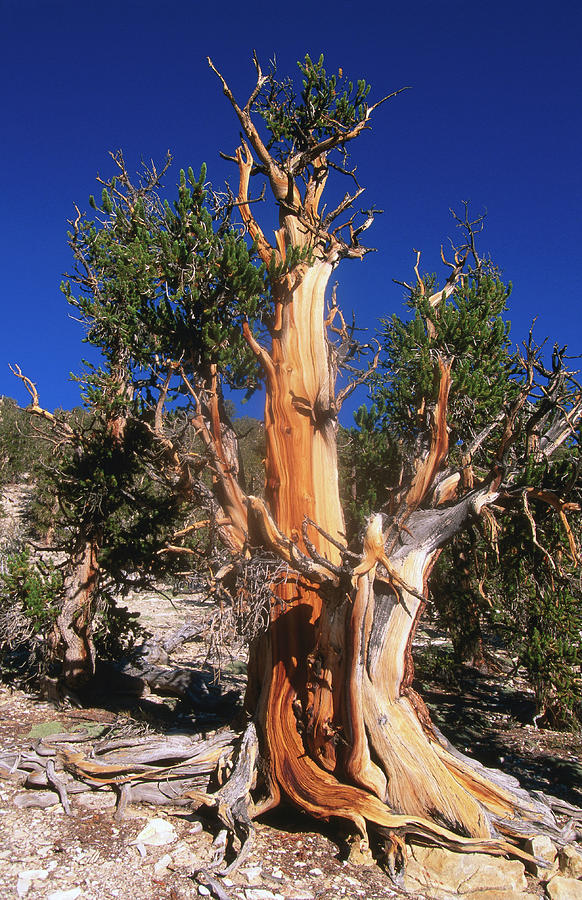
The potential effects of climate- and elevation-induced changes in GBBP chemistry on abiotic and biotic interactions are discussed. These findings suggest that GBBP VOCs are highly sensitive to the environment and could be used to assess and predict tree status and responses to environmental change. Within-needle chemistry provided less predictive value in classifying elevation class (73% accuracy) and was correlated only with elevation and heat load index. Ordination revealed that elevation, temperature, heat load index, and relative humidity were significantly correlated with VOCs. Random Forest analysis distinguished elevation classes using VOCs with 83% accuracy and identified the compounds most important for classification. We collected and analyzed GBBP VOCs and within-needle chemistry along elevational gradients (lower treeline, upper treeline, and midway in between) near the northern and southern geographic limits of GBBP. Volatile organic compounds (VOCs) could provide insights into plant responses to climate change since the quantity and blends of VOCs released by plants exhibit variation in response to the environment, and can convey detailed information about the status of the emitting plant. Most studies have focused on climate-induced changes to treeline position, but climate effects on the physiology and stress of treeline plants remain poorly understood.


1Department of Wildland Resources, Utah State University, Logan, UT, United States.


 0 kommentar(er)
0 kommentar(er)
